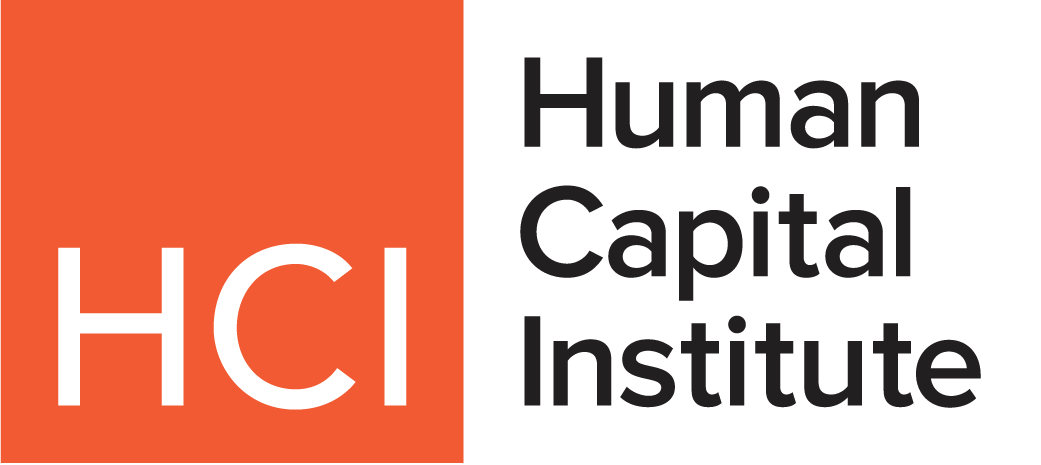Recent federal layoffs are sending shockwaves far beyond government agencies, impacting the private sector as it takes on displaced workers. With ongoing legal battles and unclear operations, the federal government’s reputation as a reliable employer is taking a hit.
In this week’s HR Query, we’re sharing insights from Neil Costa, Founder & CEO of HireClix, a recruitment marketing agency. Costa offers his unique view on how to fix your company’s brand after layoffs and what HR leaders can learn from the government’s challenges. Read on to discover how to handle layoffs and tight budgets while still keeping the promises you made to your employees.
Layoffs Hit Hard: How to Rebuild Trust Inside Your Company
Layoffs seem to be everywhere these days, and when they happen, trust often takes a big hit. So, what should HR professionals do first to win back confidence from their remaining team?
Costa’s Take? The very first step is simple: be transparent.
“Leaders need to distinctly communicate the business rationale behind layoffs and what changes employees can expect moving forward,” Costa explains. But just talking isn’t enough. Organizations must show they are stable by reminding teams of their shared values, offering support, and, most importantly, acting consistently every single day.
“When leaders don’t face the post-layoff situation directly, silent problems start to grow,” he adds, noting that productivity drops, employees become less engaged, and your company’s reputation as a good place to work quietly weakens. “This damage can be hard to spot until it’s too late. If you’re not actively working to rebuild trust inside your company, you’re secretly losing ground in the competition for top talent.”
In the worst cases, these problems can even hit a company’s bottom line. In fact, 81% of employees who stay after layoffs say that customer service gets worse. This shows just how crucial it is to get rebuilding right.
“Authentic” can sometimes be a buzzword companies use to describe their culture. What are some creative ways to go beyond the buzz, weaving in authenticity consistently to show up in employer brand and across touchpoints like social, job posts, and interviews?
NC: Authenticity is something that needs to be proven through alignment between what your company says externally and what employees experience internally. A strong employer brand is built on real employee experiences; when done right, the brand speaks through them. One of the most effective ways to operationalize authenticity is to empower employees to be your storytellers. Whether through short-form video, behind-the-scenes snapshots on social, or quoting real voices in your job descriptions, let the lived employee experience shape the narrative. This can also be reinforced structurally: train recruiters and hiring managers to speak candidly about challenges as well as wins. Candidates can spot a scripted pitch from a mile away. Authenticity, when done right, isn’t loud. It’s aligned across platforms, teams, and moments of interaction.
As a proponent of a strong employee value proposition (EVP), what elements do you believe are non-negotiable and what are the biggest mistakes companies make in altering an EVP after layoffs? Is it ever too late to fix a broken EVP?
NC: Every EVP must be built on three non-negotiables: clarity, consistency, and credibility. If your message is too generic, candidates won’t identify themselves in it. If it’s not consistent, they won’t trust it. And if it doesn’t reflect the real employee experience, it simply won’t stick. The biggest mistake I see post-layoff is when companies go radio silent or overcorrect by watering down their message out of fear. Layoffs are undoubtedly a defining moment. I challenge leaders to use it as a reminder to revisit business values, listen to your people, and sharpen your promise.
While it’s never too late to fix a broken EVP, there are usually clear signs of whether the message is off. Consider if business priorities have shifted and how to integrate that into a campaign that clearly showcases your values. Refreshing your EVP with honesty and intention might be the most powerful thing you can do to reaffirm trust in your remaining talent for their time and effort.
As Gen Z and Millennial workers become the majority of today’s workforce, how should companies realign their recruiting and employer brand strategies to address these demographics’ expectations? What’s an outdated message that needs to be left behind, especially in a post-RIF environment?
NC: Today’s workforce wants alignment, which often looks like companies that lead with purpose, prioritize mental health, offer flexibility, and are transparent about growth paths. To meet that moment, employers need to show—not just say—what makes their organization a meaningful place to work. That starts with storytelling across platforms candidates already use. For example, companies should be looking into mobile-first experiences, social video, and values-driven content.
However, it also looks like extending benefits packages beyond compensation. For example, a recent HireClix survey found that the current economic pressure is reshaping how 48% of respondents are considering their retirement plans. While a majority (63%) still want to work for income and fulfillment, they’re looking to stay engaged on their own terms. The bottom line? The modern generation is interested in prioritizing their well-being and work/life balance. EVPs must match that energy.
It’s time to retire lines such as “We’re like a family.” It may have worked in the past, but in a post-layoff climate, it can feel disingenuous and tone-deaf. Instead, focus on describing the real culture you’ve built, whether that’s a fast-paced, feedback-rich environment or one centered around stability and mentorship. Specificity is what resonates. Vague platitudes don’t move the needle because employers who care about giving employees back time to prioritize personal and career development will show it.





